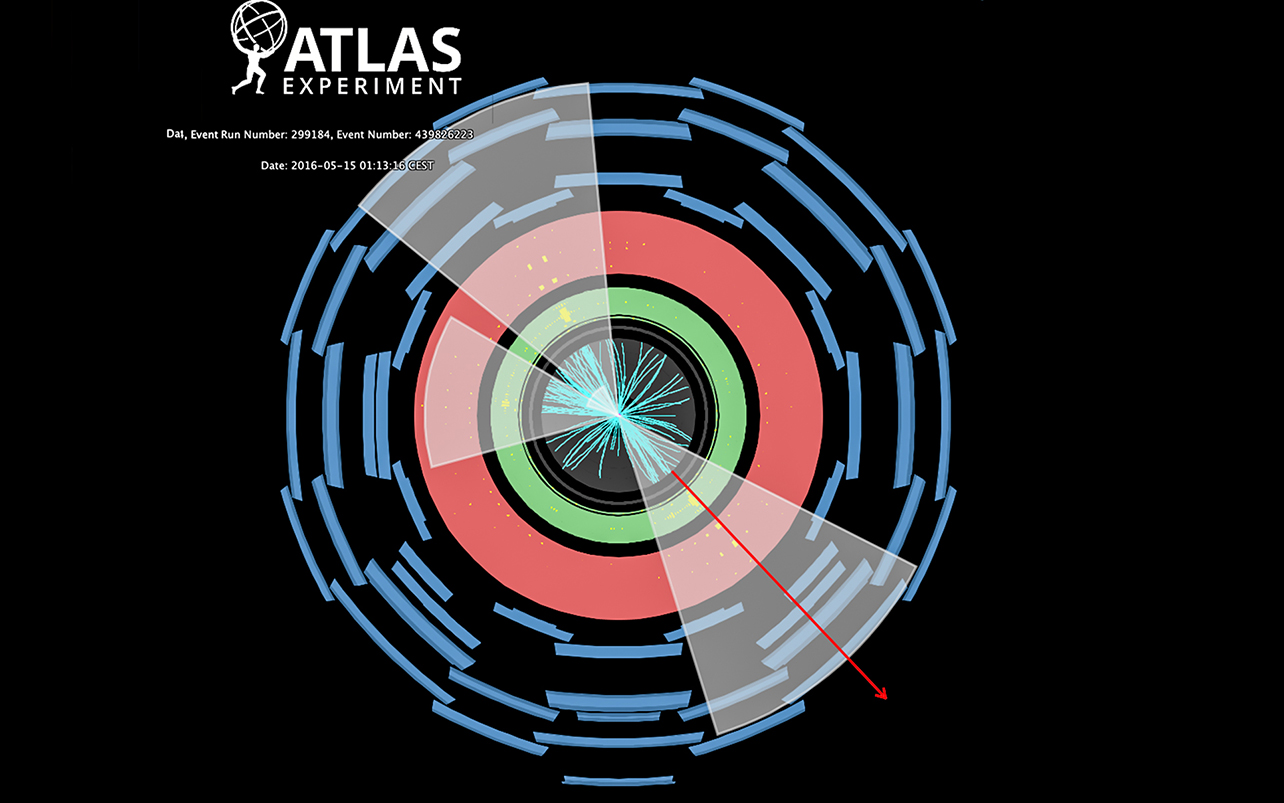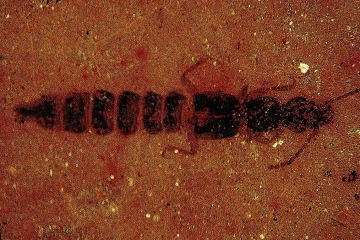TWO South African physicists, Professor Deepak Kar and his former PhD student Sukanya Sinha, have spearheaded a fresh approach to researching dark matter, a long-standing puzzle among physicists globally, according to the University of the Witwatersrand (Wits).
According to the South African university, the study is critical because it offers a new way to research dark matter, which “has been a question that high-energy and astrophysicists around the world have been investigating for decades.”
Physics.org describes dark matter as a component recognised solely by its gravitational pull rather than its luminosity. Theorised almost a century ago, dark matter is believed to constitute a significant portion of the universe — about a quarter — but surprisingly, it exhibits minimal interaction with regular matter.
In fact, The NewScientist, a contemporary science platform, describes dark matter alongside dark energy as “a major embarrassment for physicists.”
“Together, these two unknowns mean that over 95% of the universe is made up of stuff not categorized in standard particle physics,” the New Scientist explains in an article.
Kar and Sinha’s research, published in the journal Physics Letters B, draws from experiments conducted at the European Organization for Nuclear Research (CERN). They analysed results from the facility’s Large Hadron Collider, a crucial facet of a broader ATLAS experiment exploring diverse physics concepts on a global scale.
“There have been a plethora of collider searches for dark matter over the past few decades that have focused on weakly interacting massive particles, termed WIMPs,” Kar explains in the statement.
“WIMPS is one class of particles that are hypothesized to explain dark matter as they do not absorb or emit light and don’t interact strongly with other particles. However, as no evidence of WIMPS has been found so far, we realized that the search for dark matter needed a paradigm shift,” he added.

The study is unique because it zeroes in on investigating whether dark matter particles are generated within a stream of standard particles. This exploration is based on a novel detector signature — semi-visible jets — and has never been explored by scientists.
The university noted that semi-visible jets manifest when dark matter partially disintegrates into known particles and partially into stable dark matter, concealing a portion of their energy and rendering it undetectable. These pairs typically emerge alongside other recognized particles. The discrepancy in energy balance, leading to missing energy, often points towards one of these semi-visible jets, the university said.
Historically, the pursuit of semi-visible jets posed a challenge due to similar event signatures caused by inaccurately measured jets in the detector. However, Kar and Sinha’s innovative approach presents a new avenue in the pursuit of more pragmatic studies and explanations of dark matter.
Sinha, currently a postdoctoral researcher at the University of Manchester, clarifies that their study doesn’t mark a groundbreaking discovery of dark matter but rather “it sets the first and rather stringent upper bounds on this production mode and is already inspiring further studies.”
Useful links:













